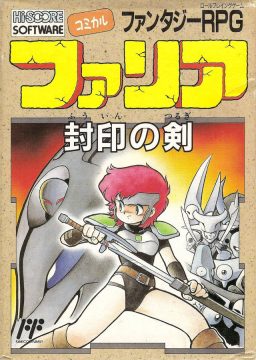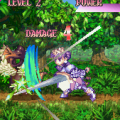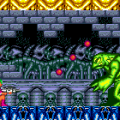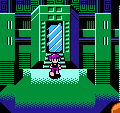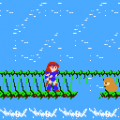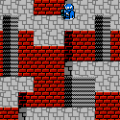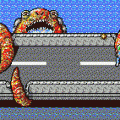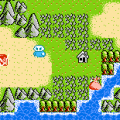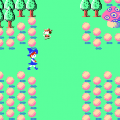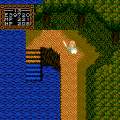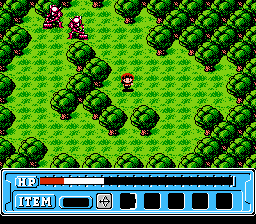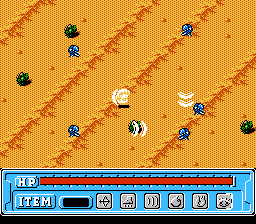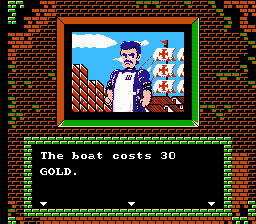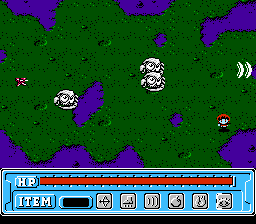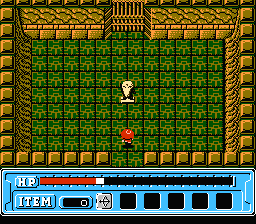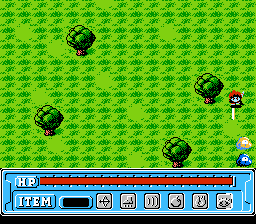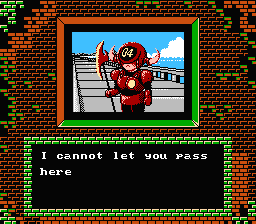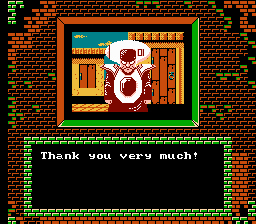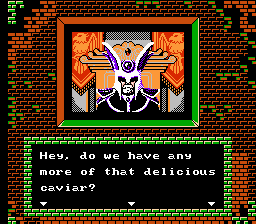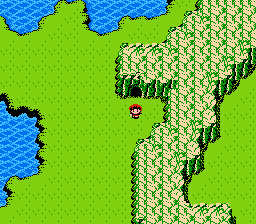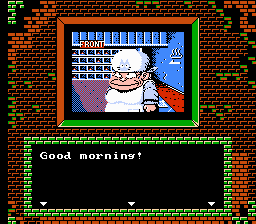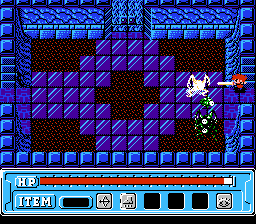The NES had a surprising number of RPGs in its catalogue. Not as many as its counterpart the Famicom but certainly more than its main competitor the Master System. They came in all shapes and sizes, but one quirky game that is often forgotten is the action-RPG Faria: A World of Mystery & Danger!, which mixes different systems to form a game that is, while not wholly original, certainly a unique footnote in the history of the genre.
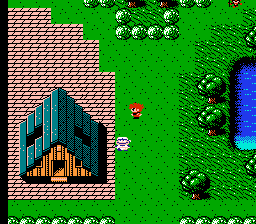
Faria (NES)
Faria was developed by RPG darlings Game Arts and directed by the late Takeshi Miyaji, director of the first two Grandia titles. It was released in Japan in 1989 before being published Stateside in 1991 by Nexoft. Faria melds the town-overworld-dungeon progression of Dragon Quest with an action-based battle system akin to The Legend of Zelda. The protagonist is tasked with exploring the world, fighting random encounters as she goes. When an enemy is encountered, the screen transitions to a battlefield and the player is tasked with dodging enemies while attacking with a sword or a number of different projectile weapons, all of which are similar in function.
The story is pretty minimal, with no real characters to speak of. Upon starting a new game, a scene commences in which an old man ruminates on a prophecy. There’s a flash of lightning and a description of a storm. Months go by, and the player-named protagonist awakes to a plump innkeeper who bids her good morning. And thus the game begins, with the player dumped unceremoniously in the town of Ehdo. Who is she? What is she doing here? Who knows! The protagonist has just enough money to purchase a sword and some armor, and she’d better do so: Wandering out of town without will quickly provide a rude awakening, as she begins the game empty-handed, unable to attack.
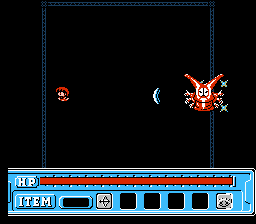
Faria (NES)
Once suitably kitted up, it’s off to the north to see the king, but some level grinding and running back to town to heal is recommended to get there. When the heroine reaches the monarch, she is given her first task: rescue the princess who has been abducted by monsters. The king shows a picture of the princess so we know who to look for, and it’s… a picture of a caterpillar? Faria employs a rather odd sense of humor.
You may have noticed that the protagonist has been referred to as woman. This is obvious from the Japanese box art, depicting a chibi-style female warrior about to head into battle in a armored aerobics outfit, but Nexoft took it upon themselves to remove all reference to the character’s gender from the American instruction manual, and further obscuring her by replacing her on the box with a helmeted knight. The lo-fi player sprite doesn’t give much away in terms of gender either – if anything it resembles Adol from Ys. The first reference to the protagonist’s gender is when the king remarks he was going to offer the princess’ hand in marriage as a reward, but could not because the protagonist is a woman. Obviously, 1980s Faria was not a very progressive place.
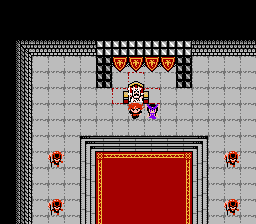
Faria (NES)
Faria can be a real slog. It’s tedious at the best of times, while downright unfair at others. One example are the invisible monsters: These foes start showing up early on the in the adventure, flinging projectiles and also causing touch damage. They can be killed, but remain unseen until the player gets their hands on a special pair of glasses that don’t show up until the game’s halfway point. The first time they’re encountered, one might not realize what’s happening and think their only recourse is to run away. But running away comes with a stiff penalty: the player may lose gold, experience, items or even equipment. Woe be upon you if you lose your sword and you don’t have enough money to replace it!
There are two varieties of dungeons, towers and caves, each prone to pulling dirty tricks. Towers are segmented into screens that use the battle engine, with enemies appearing in tight corridors. There’s also some light puzzle-solving in the form of manipulating statues to unlock doors. The real cruelty comes from each tower’s maze-like structure: Paths trend to loop around four-way intersections and one-way doors, while spanning multiple floors. If you’re choosing to play without the aid of a walkthrough, graphing paper is essential.
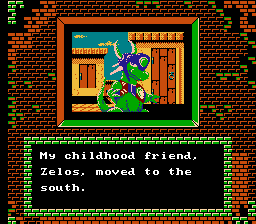
Faria (NES)
But even graph paper won’t help you with the false walls. Occasionally you’ll find your progress barred by a hidden passage that needs to be uncovered. There’s no differentiation in graphics to give it away, requiring you to methodically strike every wall in every dead end room you come to. All this does is drag out a game that’s already at a snail’s pace; you’d be better off just looking up an FAQ.
Caves offer their own unique brand of cruelty. Unlike towers, they use the world map engine. However, caves are pitch black, requiring a flashlight and a battery to proceed. Even with a flashlight, only a miniscule portion of the player’s surroundings is illuminated, forcing you to wander aimlessly in a dark maze where encounters with poisonous monsters come hard and fast. If you run out of battery power (or lose your flashlight running away), you’d better hope you’ve bought a Flash Ball to escape from the cave, otherwise you may have no recourse except dying.
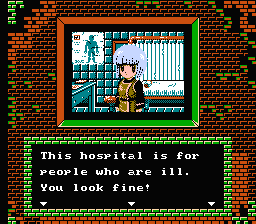
Faria (NES)
Game Arts releases are often renowned for their excellent music, but the less said about Faria‘s the better. The soundtrack consists entirely of tinny looping pieces that are rarely more than 30 seconds in duration. The SFX, though less offensive than the music, are nothing to write home about either.
So what’s good about Faria? For one thing, it’s bright, colorful and adorable. The townspeople are amusing caricatures, with a close-up during conversation. Many of the monster designs are a bit plain, but occasionally the cuteness shines through here, too: The Scissor Monster that plagues one town is revealed to be a giant pair of scissors with googly eyes, for example.
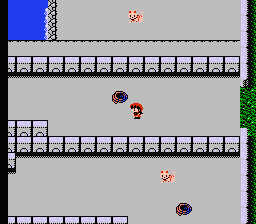
Faria (NES)
Despite the overall iffy execution, Faria was a decent effort for an early action RPG. It had good ideas that were employed more successfully in future titles like Radia Senki. Unfortunately, by the time Faria reached Western shores, there was already an established range of superior action RPGs to choose from, such as Crystalis or The Magic of Scheherazade. If you’re a fan of Game Arts’ later releases, it may still be interesting to take a look back at this earlier offering.
Links:
MisanthroPlay #1: Faria! a podcast by the author that further details the game’s gender themes.
Gamesdbase: Faria‘s Instruction Manual (PDF)
Some screenshots are taken from Octopus Prime’s let’s play on Talking Time


